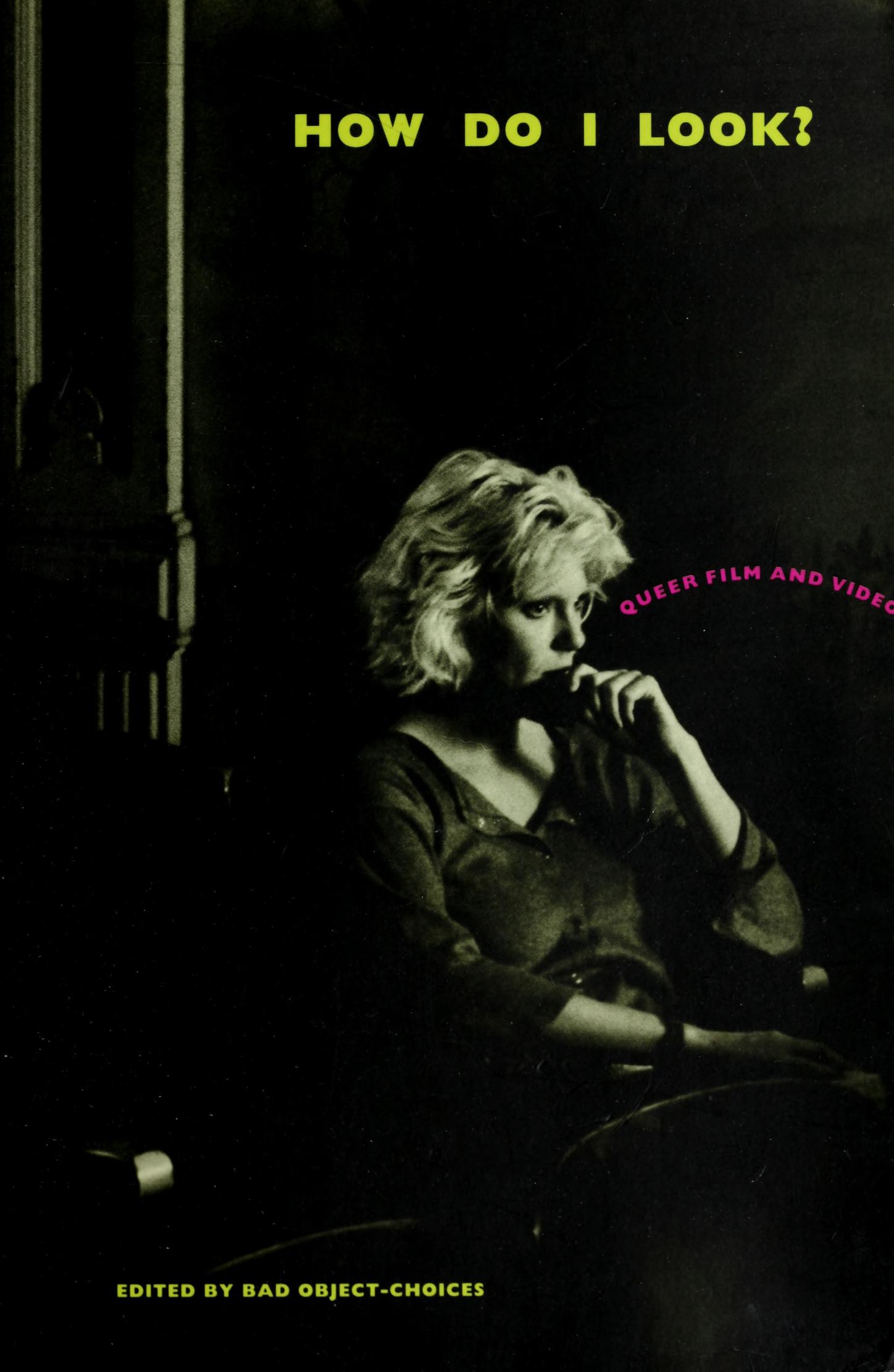Annie van den Oever (ed.): Ostrannenie: On ‘Strangeness’ and the Moving Image: The History, Reception, and Relevance of a Concept (2010)
Filed under book | Tags: · avant-garde, cinema, defamiliarisation, estrangement, film, film theory, formalism, narrative, ostranenie, perception, representation, technique, theory

“Ostrannenie (‘making it strange’) has become one of the central concepts of modern artistic practice, ranging over movements including Dada, postmodernism, epic theatre, and science fiction, as well as our response to arts. Coined by the ‘Russian Formalist’ Viktor Shklovsky in 1917, ostrannenie has come to resonate deeply in Film Studies, where it entered into dialogue with the Brechtian concept of Verfremdung, the Freudian concept of the uncanny and Derrida’s concept of différance. Striking, provocative and incisive, the essays of the distinguished film scholars in this volume recall the range and depth of a concept that since 1917 changed the trajectory of theoretical inquiry. European Film Studies ‘The Key Debates is a new film series from Amsterdam University Press edited by Annie van den Oever (the founding editor), Ian Christie and Dominique Chateau. The editors’ ambition is to uncover and track the process of appropriation of critical terms in film theory in order to give the European film heritage the attention it deserves. With contributions from Ian Christie, Yuri Tsivian, Dominique Chateau, Frank Kessler, Laurent Jullier, Miklós Kiss, Annie van den Oever, Emile Poppe, László Tarnay, Barend van Heusden, András Bálint Kovács, and Laura Mulvey, this important study is a wonderful piece of imaginative yet rigorous scholarship.”
Publisher Amsterdam University Press, Amsterdam, 2010
The Key Debates series, 1
Creative Commons BY-NC-ND 3.0 License
ISBN 9089640797, 9789089640796
278 pages
Reviews: Simon Spiegel (Projections, 2011), Lara Cox (Film-Philosophy, 2011), Sanna Peden (Studies in European Cinema, 2015).
Comment (0)Bernhard Siegert: Cultural Techniques: Grids, Filters, Doors, and Other Articulations of the Real (2015)
Filed under book | Tags: · art, cartography, cultural techniques, cybernetics, information, information theory, machine, media, media theory, ontology, painting, perspective, representation, technology

“In a crucial shift within posthumanistic media studies, Bernhard Siegert dissolves the concept of media into a network of operations that reproduce, displace, process, and reflect the distinctions fundamental for a given culture. Cultural Techniques aims to forget our traditional understanding of media so as to redefine the concept through something more fundamental than the empiricist study of a medium’s individual or collective uses or of its cultural semantics or aesthetics. Rather, Siegert seeks to relocate media and culture on a level where the distinctions between object and performance, matter and form, human and nonhuman, sign and channel, the symbolic and the real are still in the process of becoming. The result is to turn ontology into a domain of all that is meant in German by the word Kultur.
Cultural techniques comprise not only self-referential symbolic practices like reading, writing, counting, or image-making. The analysis of artifacts as cultural techniques emphasizes their ontological status as “in-betweens,” shifting from first-order to second-order techniques, from the technical to the artistic, from object to sign, from the natural to the cultural, from the operational to the representational.
Cultural Techniques ranges from seafaring, drafting, and eating to the production of the sign-signal distinction in old and new media, to the reproduction of anthropological difference, to the study of trompe-l’oeils, grids, registers, and doors. Throughout, Siegert addresses fundamental questions of how ontological distinctions can be replaced by chains of operations that process those alleged ontological distinctions within the ontic.
Grounding posthumanist theory both historically and technically, this book opens up a crucial dialogue between new German media theory and American postcybernetic discourses.”
Translated by Geoffrey Winthrop-Young
Publisher Fordham University Press, New York, 2015
Meaning Systems series
ISBN 0823263762, 9780823263769
xiv+265 pages
Reviews: Geoghegan (Paragraph, 2014), Young (New Media & Society, 2015).
Commentary: Martin (Grey Room, 2016).
PDF (8 MB, updated on 2020-1-1)
Comments (4)Bad Object-Choices (eds.): How Do I Look? Queer Film And Video (1991)
Filed under book | Tags: · cinema, feminism, film, film theory, gender, lgbtq, pornography, queer theory, race, representation, sex, sexuality, video

“The papers and discussions published here comprise the proceedings of a conference held at Anthology Film Archives in New York City, October 1989, organized by Bad Object-Choices, a reading group formed in the spring of 1987 to address questions of gay and lesbian theory. The proceedings were edited by the following group members: Terri Cafaro, Jean Carlomusto, Douglas Crimp, Martha Gever, Tom Kalin, and Jeff Nunokawa.” (from the Preface)
The publication was prepared as a special issue of October journal, but ultimately rejected by the editors; and further delayed as more than twenty printers refused to print the book–at issue were images in the Patton, Mercer, and Fung essays. It was eventually printed in Germany. (see interview with Douglas Crimp and p. 10)
With essays by Cindy Patton, Stuart Marshall, Judith Mayne, Richard Fung, Kobena Mercer, and Teresa de Laurentis.
Publisher Bay Press, Seattle, WA, 1991
ISBN 0941920208
295 pages
Reviews: Jennifer A. Machiorlatti (Journal of Film and Video, 1993), Thomas Dukes (Journal of the History of Sexuality, 1994), Lauri Mullens (Int’l Gay & Lesbian Review).
PDF (65 MB, no OCR)
Comment (0)
